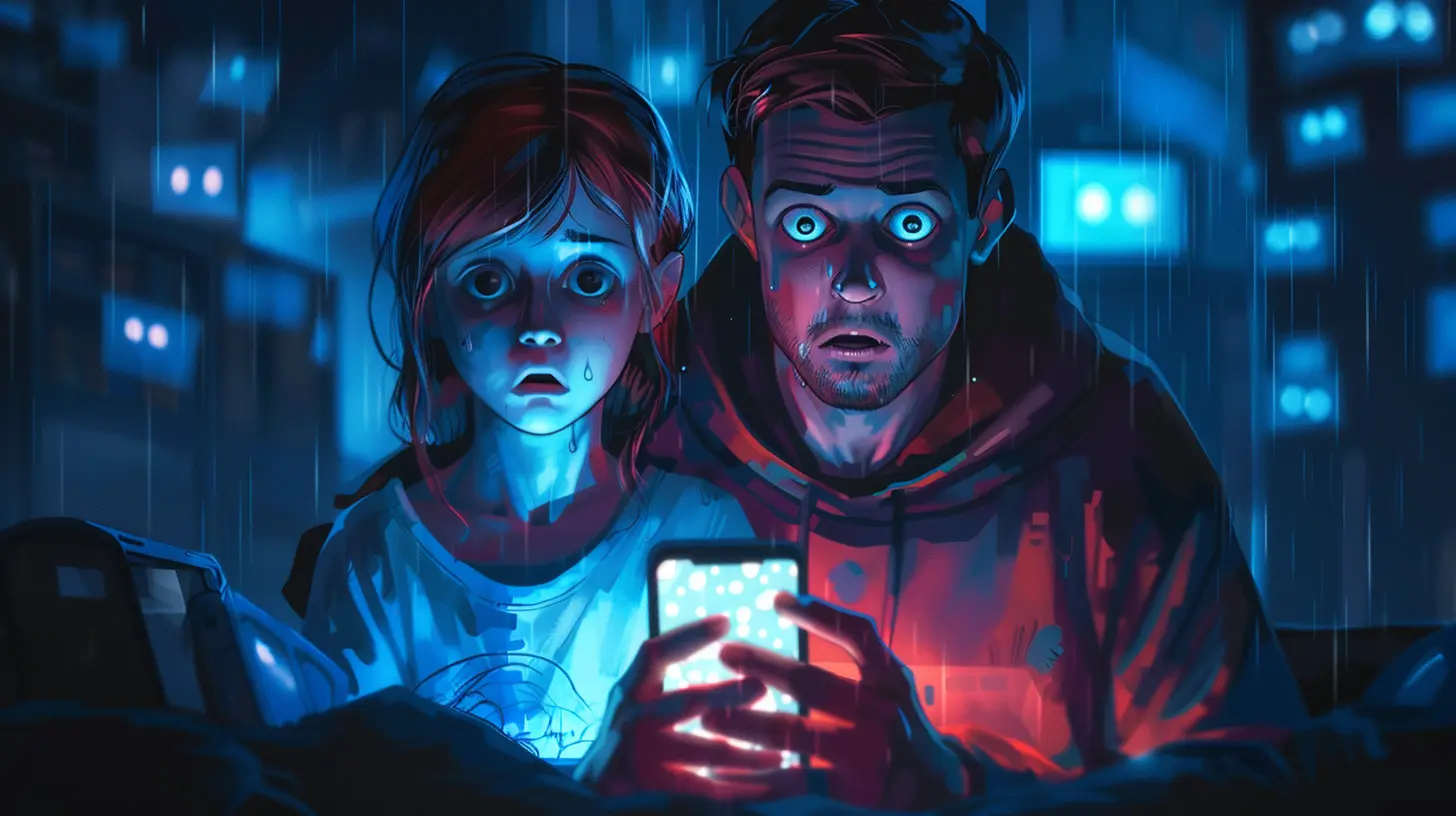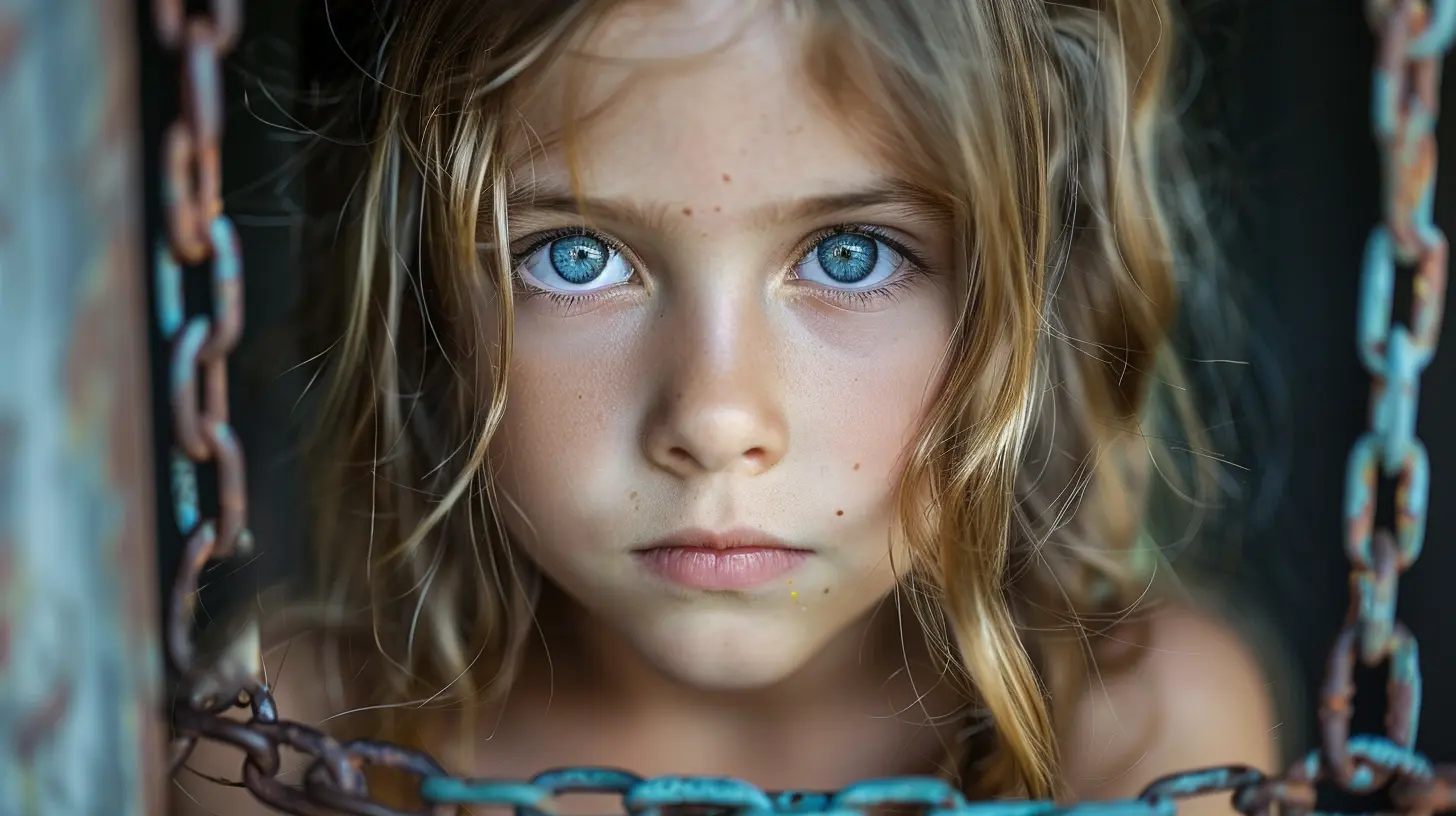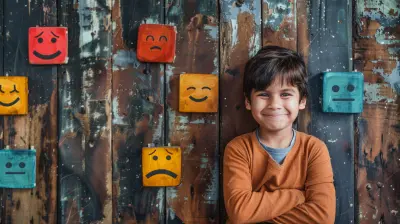Common Social Media Traps and How to Keep Your Child Safe
18 October 2025
Social media is like a double-edged sword. On one side, it connects us, empowers us, and gives our kids a platform to express themselves. On the other side? It’s filled with hidden risks, dangerous traps, and emotional landmines—especially for young minds.
As parents, we're navigating uncharted waters here. Our kids are digital natives, while many of us just barely survived the dial-up era. It’s easy to feel overwhelmed or clueless, but here's the good news—you don’t have to be a tech genius to keep your child safe online. You just need a little insight, a pinch of awareness, and a big dose of communication.
So, let’s break this down. Let’s talk about the major social media traps our kids can fall into—and how you can actually help them avoid those pitfalls and stay safe online.
Why Social Media Is a Minefield for Kids
We all know social media wasn’t made with kids in mind. The platforms are fast, flashy, and addictive by design. They reward clicks, likes, and attention—not necessarily truth, safety, or wellbeing.Now imagine being 13 or 14, dealing with peer pressure, body image issues, school stress, and trying to figure out who you are—all while being plugged in 24/7 to the social media matrix. It’s not just overwhelming—it can be downright dangerous.
Let’s dive into the key traps you should watch out for.
1. The Comparison Trap
Have you ever scrolled through Instagram and felt like everyone else’s life is a filtered fairytale? Now imagine how that hits your child.What’s Going On:
Kids are constantly bombarded with pictures of influencers, celebrities, and sometimes even their own friends looking “perfect.” This can mess with their self-esteem, big time.The Danger:
This trap can lead to anxiety, depression, and body image issues. Kids start measuring their worth based on likes and followers.What You Can Do:
- Talk openly about the "highlight reel" nature of social media—remind them it’s not reality.- Encourage screen breaks and keep phones out of bedrooms at night.
- Promote real-world hobbies and friendships that boost confidence offline.

2. The Stranger Danger Trap (Yes, It’s Still Real)
Remember when we were told not to talk to strangers? Well, now strangers can DM your kid directly. Creepy? Absolutely.What’s Going On:
Predators often pose as kids or teens to build trust with unsuspecting users. It’s called catfishing, and it happens way more than we like to admit.The Danger:
Online grooming is real and rising. What starts as a “friendly convo” can escalate to manipulation or even attempts at in-person meetings.What You Can Do:
- Set strong privacy settings on all platforms.- Teach your child to never share personal info—like their school, location, or phone number.
- Keep lines of communication wide open. Let them know they can come to you, no judgment.

3. The Cyberbullying Trap
Bullying used to stop at the school gates. Not anymore. Now it follows kids right into their bedrooms, glowing on their screens.What’s Going On:
Cyberbullying can be relentless—mean messages, exclusion from group chats, embarrassing photos being spread.The Danger:
Victims often suffer in silence, leading to anxiety, depression, and in extreme cases, self-harm or worse.What You Can Do:
- Watch for changes in behavior—withdrawal, anger, anxiety.- Encourage your child to block and report bullies.
- Build emotional resilience. Help them understand it’s the bully who’s broken, not them.
4. The FOMO Trap (Fear Of Missing Out)
Social media is like a front-row seat to everyone else's “amazing” life. And when your child isn’t part of something, it can sting.What’s Going On:
Your child sees their friends hanging out without them, going to parties, or even just getting more likes.The Danger:
This emotional rollercoaster can lead to feelings of rejection, isolation, and jealousy.What You Can Do:
- Explain that social media only shows snippets, not the full story.- Reinforce their personal value beyond parties and popularity.
- Encourage real friendships, not just digital ‘likes’.
5. The Oversharing Trap
Kids often overshare without realizing the consequences. A fun post today could be a regret tomorrow.What’s Going On:
From sharing their location to posting risky pictures, some kids don’t think twice before hitting “post.”The Danger:
Oversharing can attract predators, lead to doxxing, or haunt them in job or college applications.What You Can Do:
- Teach the grandma rule: if you wouldn’t want your grandma to see it, don’t post it.- Discuss digital footprints. Everything online is forever.
- Use real-life stories to emphasize consequences—not to scare them, but to prepare them.
6. The Screen Addiction Trap
Let’s face it—these platforms are built to keep our kids scrolling. Likes and notifications release dopamine, making social media addictive.What’s Going On:
Kids (and let’s be honest, adults too) get sucked into an endless loop of content, sacrificing sleep, grades, and real-life interactions.The Danger:
Too much screen time can affect brain development, sleep cycles, focus, and emotional health.What You Can Do:
- Set screen time limits—and stick to them.- Create a tech-free zone during meals and an hour before bed.
- Lead by example. If you’re glued to your screen, they will be too.
7. The Misinformation Trap
Fake news isn’t just a buzzword. Social media spreads it like wildfire—and our kids are often too young to spot it.What’s Going On:
From conspiracy theories to dangerous health advice, misinformation thrives online.The Danger:
Young minds may believe what they see, which can affect their beliefs, decisions, and behavior.What You Can Do:
- Teach critical thinking and how to verify sources.- Discuss how algorithms work—they only show what you already like or believe.
- Use mistakes as teaching moments. “Hey, let’s look into that together.”
How to Build a Safety Net (Without Turning Into the Tech Police)
Okay, here’s the million-dollar question: How do you keep your child safe without making social media the forbidden fruit?The key is balance.
Start With Trust
Your child needs to know you’re on their side—not just monitoring them like Big Brother. Trust builds honesty. Be curious, not critical.Open Constant Dialogue
Ask questions like:- “What’s your favorite app right now?”
- “Seen anything weird online this week?”
- “Do you know how to block someone?”
Ask. Don’t accuse.
Teach, Don’t Preach
Remember, you’re guiding—not controlling. Use real-life stories, news headlines, or even your own past mistakes to show them the ‘why.’Use Parental Controls Wisely
Yes, tools like Family Link or Screentime help—but they’re not substitutes for parenting. Think of them as seatbelts, not the driver’s license.Red Flags to Watch Out For
Stay alert if your child:- Becomes secretive about their phone use
- Changes screens quickly when you walk into the room
- Withdraws or becomes unusually emotional
- Starts using strange new slang or acronyms
Trust your gut. If something feels off, ask questions.
Talk Tech Fluently—Even If You're Not a Techie
You don’t need to know every app or trend. But you should know how to:- Check privacy settings
- Read app reviews before they download something new
- Understand how features like disappearing messages, live videos, or stories work
Stay curious. Ask your child to show you how things work on their phone. Make it a bonding moment, not a lecture.
Don’t Just React—Prepare
A solid social media plan starts early. Don’t wait until there’s a problem.A Simple Family Media Plan Might Include:
- Daily screen time limits- Rules for posting photos or videos
- What to do if they feel scared, bullied, or uncomfortable online
- Expectations around passwords and devices
Make it a two-way street. Give them a say. That way, they feel heard—not just controlled.
Final Thoughts: Empower, Don’t Just Protect
You can’t monitor every click and scroll. But you can raise a child who’s equipped to think before they post, question what they see, and ask for help when they need it.Think of it like teaching them to drive. You won’t always be in the passenger seat, but with the right tools and mindset, they’ll be safe on the road—even in digital traffic.
So, don’t panic and don’t unplug them completely. Instead, lean in, stay involved, and be their safest corner in a sometimes scary online world.
You’ve got this, and your kid does too.
all images in this post were generated using AI tools
Category:
Online SafetyAuthor:

Austin Wilcox
Discussion
rate this article
1 comments
Jenna Frank
Thank you for this insightful article! Navigating social media landscapes can be challenging for parents. Your practical tips on identifying common traps and establishing guidelines for online behavior are invaluable. It's essential for us to stay informed to ensure our children's safety and well-being in the digital world.
October 24, 2025 at 4:44 AM


